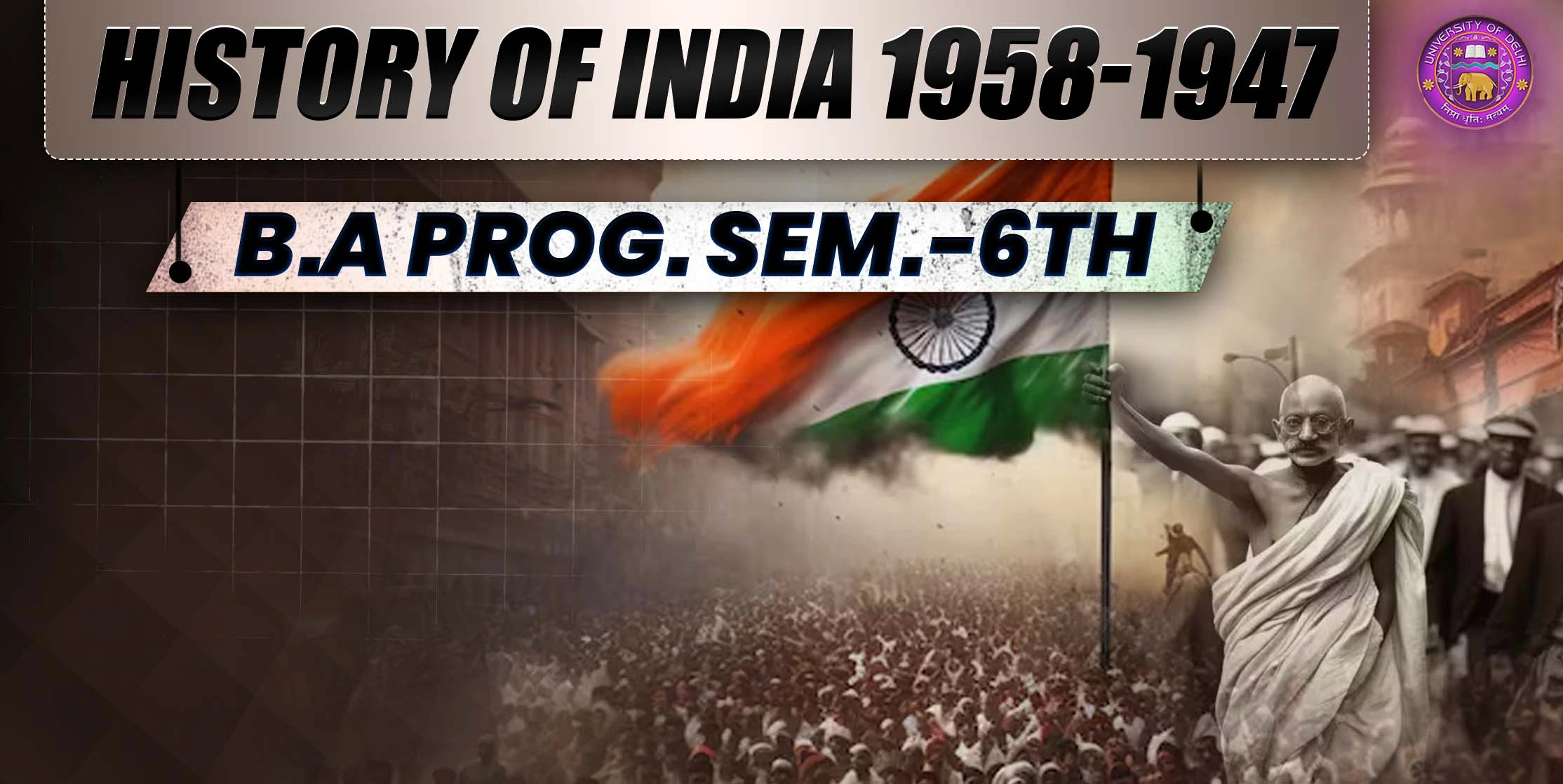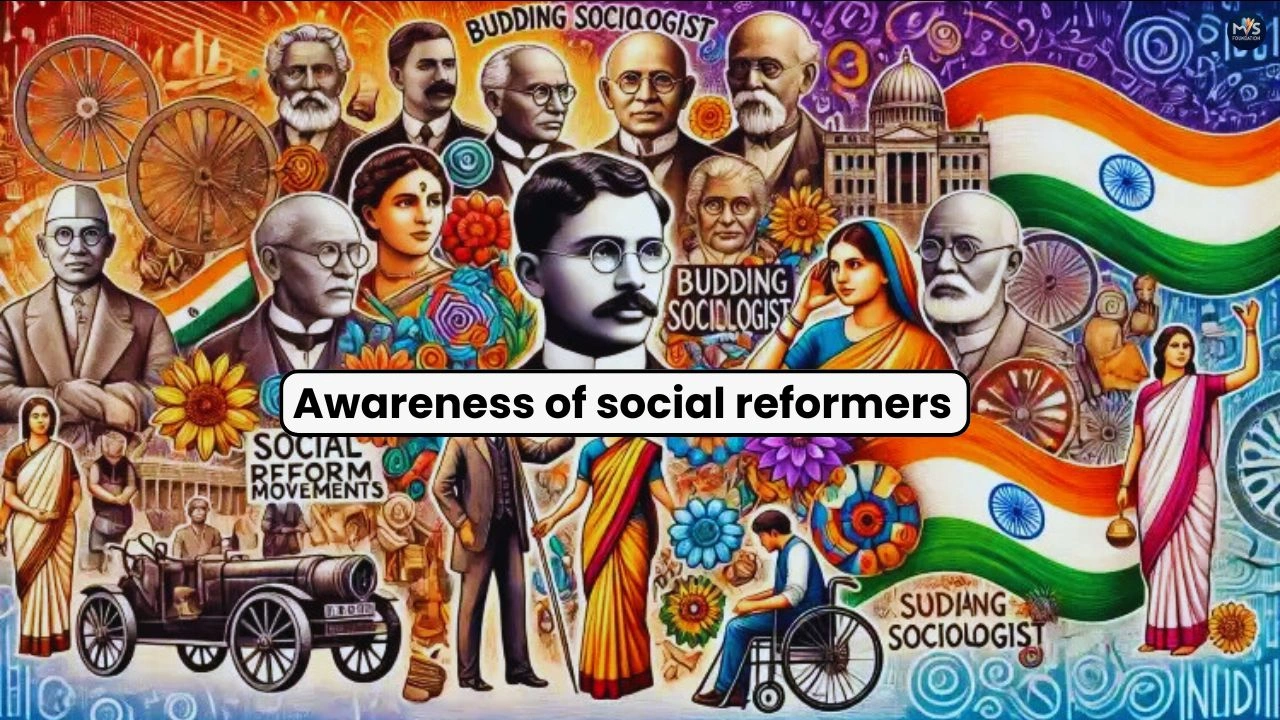
Get in Touch
We will get back to you within 24 hours.
Welcome to MVS Blog

Answer - Introduction
During the 19th century, Social and Religious reform movements began in India. Due to British rule and the influence of Western education, people started questioning social evils like the Caste System, Sati Practice, Polygamy, and the Poor Condition of Women. At that time, there was a strong need for change in society. Reformers like Raja Ram Mohan Roy worked for Social Justice, Equality, & Religious Reforms. Because of their efforts, organizations like the Brahmo Samaj were formed, which tried to solve major social problems.
Analysis : Background of Social & Religious Reform Movements in 19th Century India

Role of Christian Missionaries and British Scholars: Christian missionaries criticized Indian religions and traditions, which motivated Indian scholars to protect and better understand their own culture. British historians also wrote about Indian history and society, which inspired Indians to think and improve themselves.
Brahmo Samaj

Raja Ram Mohan Roy (22 May 1772 – 27 September 1833) was an Indian social reformer, writer, and philosopher. He is also known as the Father of Modern India. In 1828, he founded the Brahmo Samaj, which became a leading movement for social and religious reform in the Indian subcontinent.
Principles of Brahmo Samaj :-
Functions/Works of Brahmo Samaj :-
| s.no | Work/Subject |
Description |
| 1. |
Abolition of the Sati system |
Raja Ram Mohan Roy started a movement against this practice after the incident of his sister-in-law's sati in 1818. In 1829, the British government declared the practice of sati illegal. |
| 2. |
Opposition to polygamy and casteism |
They raised their voice against polygamy and casteism. They advocated for marriage and society based on love, respect, and equality. |
| 3. |
Support for farmers |
Ram Mohan Roy opposed the excessive rent charged by landlords from farmers and demanded a law for the rights of farmers. |
| 4. |
Freedom of the press |
In 1823, they launched a movement for press freedom. In 1835, the government removed the strict regulations imposed on the press |
| 5. |
Contribution to education and literature |
Between 1815-1820, he wrote several books and translated religious texts. Works such as 'The Precepts of Jesus' are prominent |
| 6. |
The contribution of Devendranath Thakur and Keshavchandra Sen |
After Ram Mohan Roy, Devendranath Thakur established the Tattwabodhini Sabha (1839). Keshav Chandra Sen advanced the Brahmo Samaj, but his liberal ideas led to a division in the organization. |
Conclusion
In the 19th century, social and religious reform movements brought major changes in India. The Brahmo Samaj, founded by Raja Ram Mohan Roy, fought against Sati, Polygamy, and the Caste System. It also worked for religious freedom, women’s rights, and equality in society.
0 Response